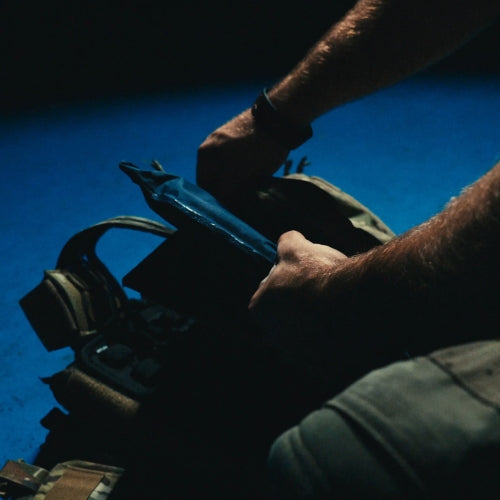Article: Choosing the Right Ballistic Plate

Choosing the Right Ballistic Plate
Introduction
Ballistics is a complex field, governed by numerous standards and regulations. Understanding these standards is essential to selecting the right equipment for your needs. For a detailed overview of ballistic protection standards, click here.
Choosing Protection Based on Your Mission
Adapting your ballistic plate to the type of mission is crucial. For example, municipal police officers rarely need the high protection level of NIJ Level 4 plates. In most cases, NIJ 3A protection combined with anti-stab protection is sufficient, as the threat level does not justify the discomfort of wearing heavy ballistic plates for long periods.
On the other hand, in military contexts, NIJ Level 4 ICW plates are recommended due to the increased likelihood of encountering armor-piercing rounds and the widespread use of 360° tactical vests equipped with 3A trauma pads.
👉 Discover our full range of ballistic plates here
Types of Ballistic Plates
There are two main types of ballistic plates:
🔹 Stand Alone Plates – These plates function independently and do not require a 3A backing panel to absorb impact energy. If NIJ certified, the backface deformation must not exceed 44 mm during testing (our plates average around 35 mm). However, adding a trauma pad can help further reduce the deformation.
🔹 ICW Plates (In Conjunction With) – These must be worn with a NIJ 3A soft panel to achieve full ballistic protection. Users with tactical personal vests that do not offer full-body soft armor coverage must add a 3A insert underneath their ICW plates to ensure proper performance.
👉 Looking for 3A soft inserts in SAPI format? Click here
Ballistic Plate Comparison
Once these concepts are clear, it's time to compare the available plates. The three main criteria to consider are:
🔹 Price
🔹 Weight
🔹 Protection level
Generally, the lighter the plate, the higher the cost. It’s important to strike a balance between your budget and your operational needs.
Conclusion
A €300 plate can offer the same certified protection as an €800 plate, but the latter—typically ICW—may have a higher average backface deformation (43 mm) compared to 33 mm for the first.
Understanding the nuances of ballistic protection is key to making an informed and effective purchase.

